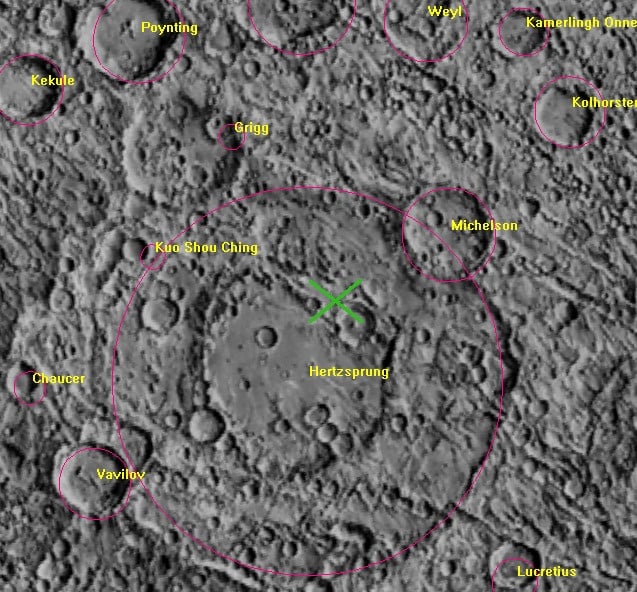
A school-bus-sized object, which has been orbiting in space at about 5,600 miles per hour since 2014, crashed-landed on the Moon on March 4, 2022. The 40-foot-long, 3,000-kilogram piece of space debris is believed to have carved a massive — 60 to 100-feet-wide — hole near the Hertzsprung Crater on the Moon's far side. However, since the exact impact location is unknown, it may take NASA's Lunar Reconnaissance Orbiter a few months to identify and image the new crater.
US astronomer Bill Gray first alerted the world about the object's upcoming rendezvous with the Moon in January 2022. The scientist initially believed that it was the upper stage— the detachable segment of the rocket that helps propel the cargo farther into space — of a SpaceX Falcon 9 rocket. However, further research proved that the booster — which transported a National Oceanic and Atmospheric (NOAA) satellite to deep space in February 2015 — is orbiting the Sun.
The expert now thinks the errant object may be remains from China's Chang'e 5-T1 mission, which was launched to the Moon in October 2014. But Chinese officials assert that the upper stage of their rocket burned up a few years ago after re-entering the Earth's atmosphere.
Regardless of the origin, the recent crash demonstrates the dangers space debris could pose to future lunar explorers. Alice Gorman, a space archaeologist at Flinders University, says, "At some point in the future, an event like this isn't just going to be a curious thing to observe from the outside. It's going to be something that people in lunar orbit or on the surface of the Moon are worried about."

While WE0913A is the first known accidental lunar collision, it may not be the first one ever. Jonathan McDowell of the Harvard-Smithsonian Institute for Astrophysics believes many more have gone undetected because of the lack of tracking data. The expert told National Geographic, "We do know that some fraction of them have likely smashed into the moon and escaped our notice, another fraction were nudged into orbits around the sun, and a third fraction are still in their evolving orbits or have burned up in Earth's atmosphere."
Resources: Natgeo.com, NPR.com, Livescience.com
